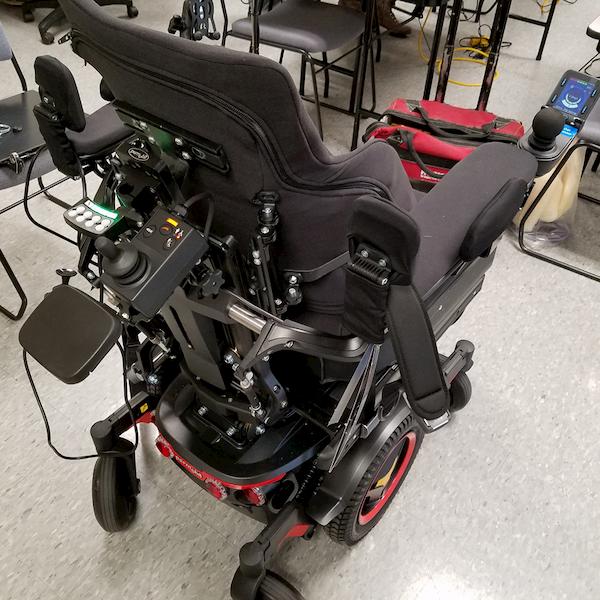Health Technology – Pressure Ulcer Prevention Study
Kelly Waugh, PT, MAPT, ATP Petra Conaway, PT, DPT Oct 22, 2019
The study was designed to determine risk factors that might contribute to the development of pressure injuries in full-time wheelchair users. The project included clinical measurements and an MRI scan of the pelvis and the buttocks. The researchers examined differences in how the skin breaks down from a seat cushion. The study looked at 36 full-time wheelchair users, with a range of physical diagnosis.
Research participants attended 2 sessions. The first included questionnaires, body measurements while sitting and lying down, and analysis from pressure mapping on three different seat cushions. The second session involved 3D MRI scans of the subject’s pelvis and buttocks under 4 different conditions: using three different seat cushions as well as an ‘unloaded condition’ on a seat cushion that was essentially cut out so there would be no support.
The researchers wanted to learn whether the information observed from an MRI scanner could be correlated to data commonly collected during seating measurements in the clinic. This would help identify risk of acquired pressure injuries without invasive or expensive measures.
Although there were several challenges in the study (scheduling, recruitment, winter weather, etc.) the results appear promising. As a result of this study, we have met some very interesting participants who were enthusiastic to help us collect our data. We also obtained a sizable list of names that will be useful for studies we may be involved in for the future. And despite the fact that the study did not directly benefit our participants, they did receive a gift card compensation for their time and also a CD of the MRI images obtained during our scanning sessions.
We completed our part of the research project at the end of June, but the final results of the study are still pending as Dr. Sonenblum is in the process of analyzing all the data. However, this was a very interesting project, and a positive learning experience for everyone involved. We hope that the data collected will shed some useful light on how our body’s anatomy influences the risk of acquired pressure injuries, and whether such risk could be readily identified in a clinical setting. We would like to thank everyone that helped us with recruitment for this study, as well as our participants that contributed invaluable data to present and future research.
Categories:
Academics
AT Clinic
Research
|